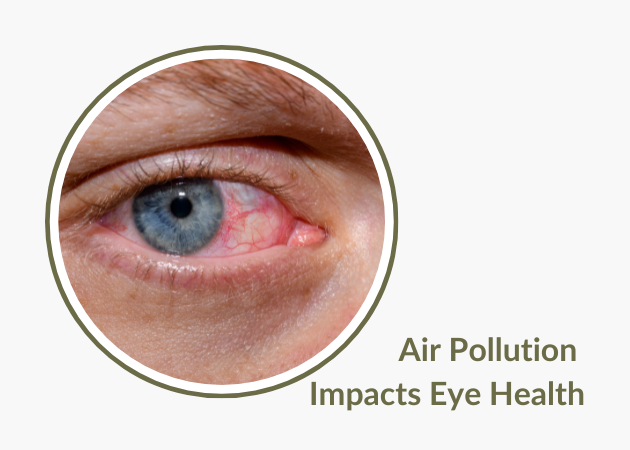
Ghana’s Second-Hand Clothing Trade Success Story. Credit: activist360
Jobs, Revenue, and the Environment: Unpacking Ghana’s Second-Hand Clothing Trade
The second-hand clothing (SHC) industry plays a vital role in Ghana’s economy, providing affordable clothing options and supporting millions of livelihoods. Beyond its economic benefits, this trade represents a sustainable approach to addressing global fashion waste. However, misconceptions about waste and quality often overshadow its positive impact. The Ghana Used Clothing Dealers Association published a report earlier this year on the socio-economic and environmental impact of the second-hand clothes trade in Ghana. We take this week’s post as our opportunity dive into the contributions of the SHC trade in Ghana and highlight opportunities for sustainable growth.
The Socio-Economic Benefits of the SHC Trade
Employment Generator
The SHC trade is a significant source of employment in Ghana, directly and indirectly supporting around 2.5 million people. This includes roles such as importers, retailers, tailors, drivers, and waste pickers. These jobs are particularly important for youth and marginalized groups, providing stable income opportunities where few alternatives exist. For many families, this trade is their primary means of livelihood, demonstrating its profound impact on society.
Boosting Government Revenue
The SHC trade not only benefits individuals but also contributes significantly to Ghana’s economy. In 2022, the sector generated $29.5 million in government revenue through import taxes. This amount is noteworthy because it exceeds the funding allocated to major poverty alleviation programs such as the Livelihood Empowerment Against Poverty (LEAP) initiative. These revenues are vital for national development and help sustain critical social services.
Affordable Apparel
For most Ghanaians, SHC provides a lifeline to affordable clothing. Approximately 95% of the population relies on second-hand clothing to meet their fashion needs. These clothes are not just inexpensive but also durable, allowing families to allocate their limited resources to other essential expenses, such as education and healthcare. The widespread availability of SHC has made it an integral part of Ghana’s consumer culture.
Environmental Impact and Circular Economy
Promoting Sustainability
One of the greatest advantages of the SHC trade is its contribution to sustainability. By reusing and recycling clothing, the trade reduces the environmental footprint of fast fashion, which is known for generating significant waste and pollution. Each item of clothing that is reused extends its lifecycle, keeping it out of landfills and reducing the demand for new textile production.
Minimal Waste Levels
Contrary to misconceptions, the SHC trade in Ghana generates minimal waste. Research shows that only about 5% of imported second-hand clothing bales are unsellable. Traders often find creative ways to repurpose these items, ensuring that very little ends up as waste. This efficiency is a testament to the industry’s adaptability and its alignment with circular economy principles.
Waste Management Practices
The SHC trade has developed effective strategies to handle unsold items:
- Discount sales: Items are sold at reduced prices to clear inventory.
- Donations: Unsold clothes are donated to local charities and community groups.
- Recycling initiatives: Textiles are repurposed into cleaning materials or industrial inputs, reducing waste and creating additional value.
Addressing Misconceptions
Dispelling the Dumping Myth
A prevalent misconception is that Ghana serves as a dumping ground for low-quality clothing from Western countries. However, evidence suggests otherwise: 95% of imported second-hand clothes are high-quality and suitable for resale. This challenges the narrative that SHC imports are predominantly waste and highlights the rigorous selection processes employed by traders.
Quality Assurance
Importers and retailers in Ghana go to great lengths to ensure the quality of second-hand clothing. They collaborate with trusted suppliers, conduct regular inspections, and adhere to strict industry standards. In fact, 80% of traders follow specific certifications to maintain quality. These efforts ensure that consumers receive valuable and durable clothing.
Challenges and Opportunities
Regulatory and Infrastructure Gaps
Despite its many benefits, the SHC trade faces challenges, particularly in waste management. Ghana lacks robust recycling systems and sustainable disposal infrastructure. Addressing these gaps could enhance the industry’s environmental impact and create new economic opportunities, such as jobs in recycling and upcycling sectors.
Innovations in Upcycling
Upcycling is a growing trend in Ghana, where entrepreneurs transform old or unsellable clothing into higher-value items such as bags, rugs, and accessories. This innovative approach not only reduces waste but also creates new revenue streams for small businesses. Encouraging upcycling initiatives could significantly bolster the circular economy in Ghana.
Summing Up
The second-hand clothing trade in Ghana is a shining example of how economic development and sustainability can go hand in hand. By supporting millions of livelihoods, generating significant government revenue, and promoting environmentally friendly practices, the SHC industry addresses critical socio-economic and environmental challenges. Ghana’s transition to a circular economy is an example of how we can build a future where fashion benefits both people and the planet.
Source: Odonkor, S., Metropolitan Research and Education Bureau, & E-volution International. (2024). An evaluation of the socio-economic and environmental impact of the second-hand clothes trade in Ghana. Ghana Used Clothing Dealers Association.


